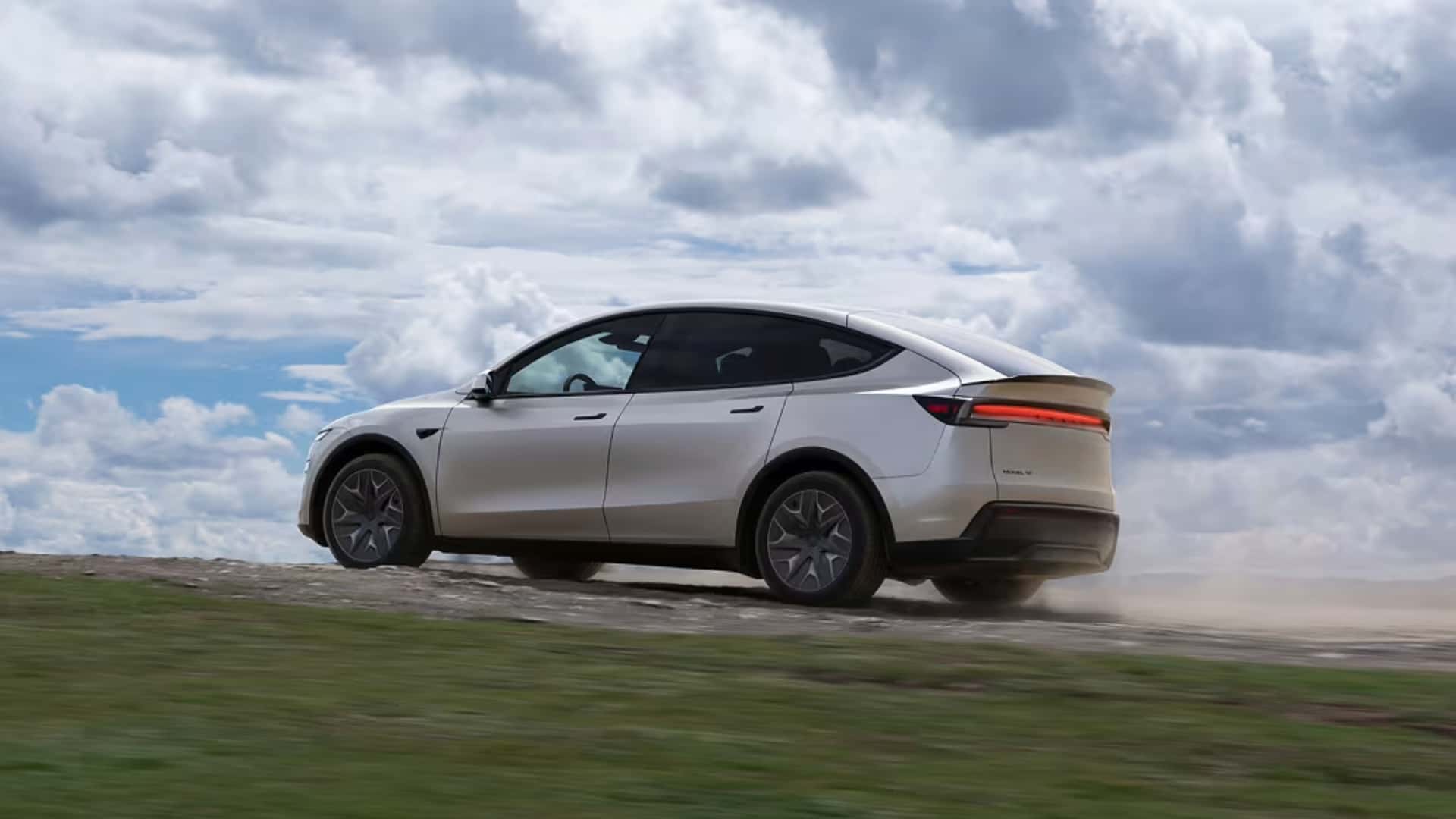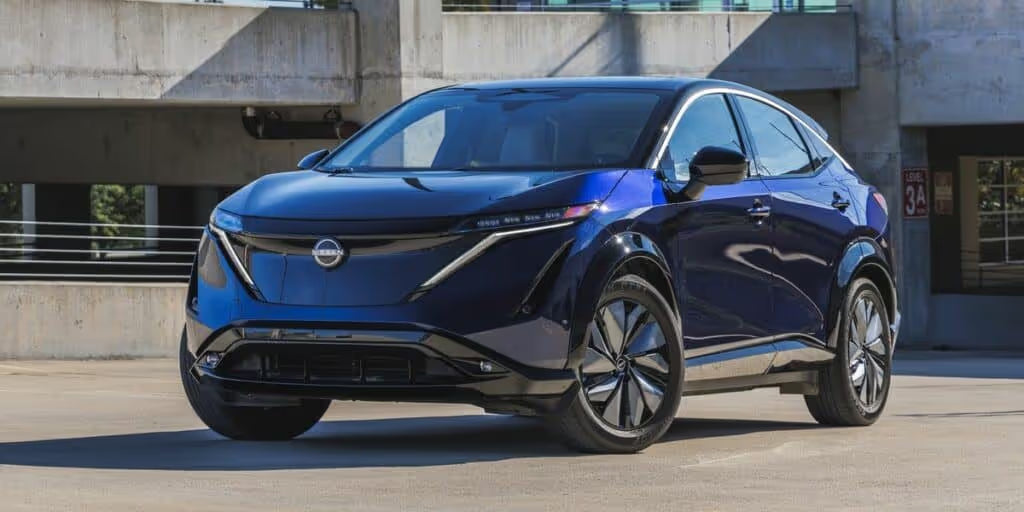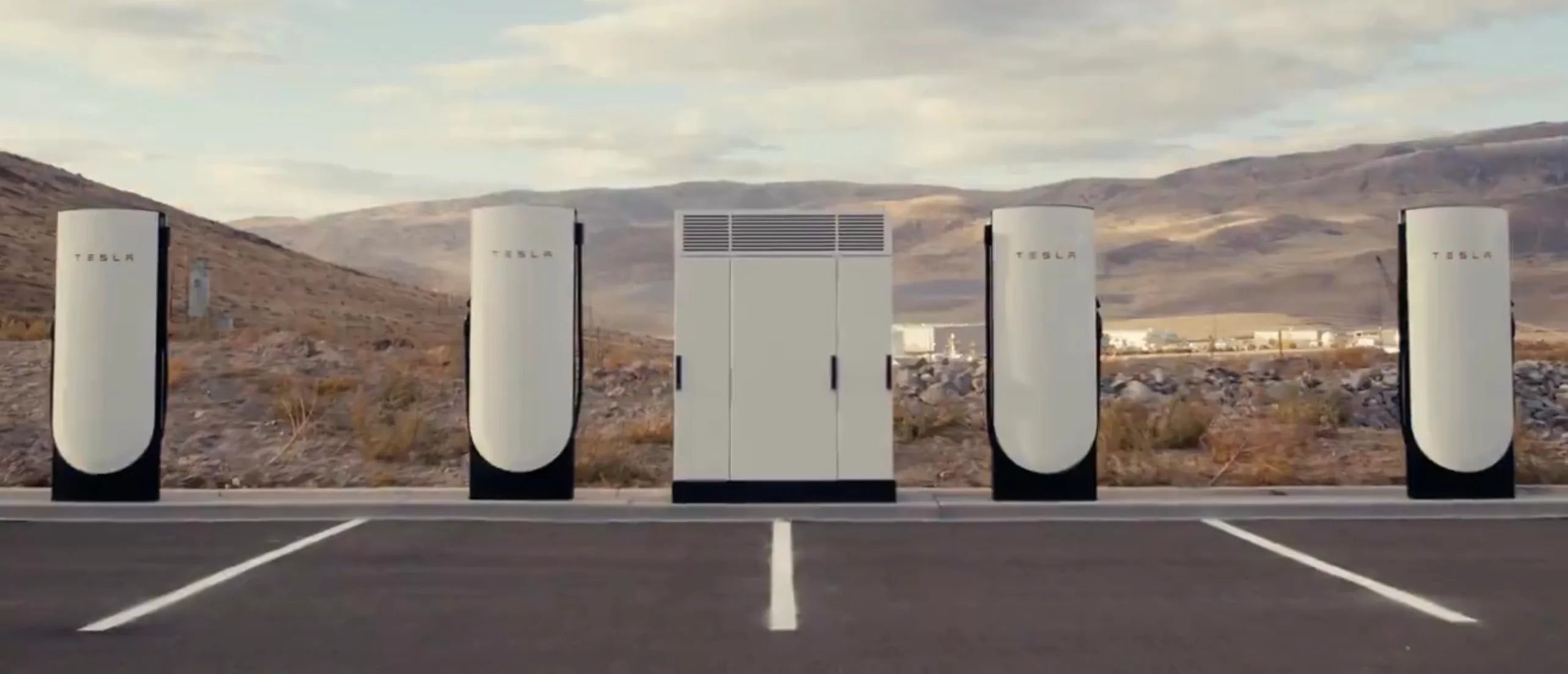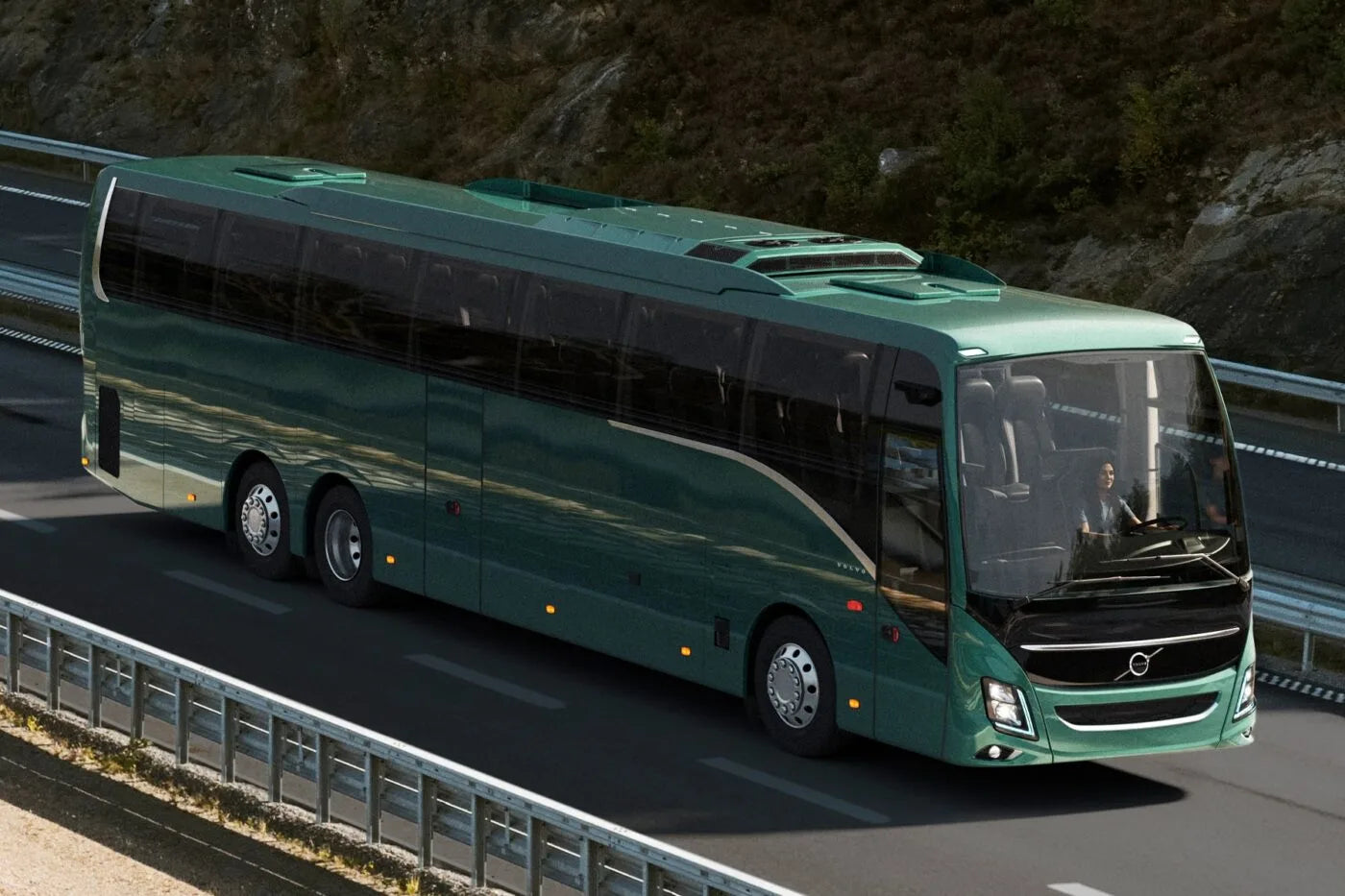A Brief Moment of Price Parity
For years, electric vehicles (EVs) carried a steep premium over gas-powered cars, limiting their appeal to early adopters and luxury buyers. But this summer, something remarkable happened in the U.S.: EVs briefly became cheaper than internal combustion engine (ICE) vehicles.
In both July and August, the average transaction price for an EV slipped below that of a gas car, according to J.D. Power. Last month, the average new EV sold for $44,908—about $600 less than the $45,521 average for gas vehicles. Just 18 months earlier, before Tesla’s sweeping price cuts, the typical EV cost roughly $62,500, or $16,000 more than its combustion rival.
While the price gap is modest, it represents a dramatic turnaround from years of inflated EV costs driven by expensive batteries, limited production scale, and automakers’ focus on premium models.

Incentives Drive the Shift
Industry experts say this short-lived parity is no coincidence. Following the passage of the Republican-backed One Big Beautiful Bill Act, federal EV tax credits are set to expire on September 30, 2025. Automakers, racing to clear inventory before the incentive disappears, have piled on discounts to lure buyers.
“Once we hit October, a lot of these EVs become far harder to sell,” said Tyson Jominy, senior vice president at J.D. Power. In August, average manufacturer incentives for EVs soared to nearly $7,500 per vehicle—triple the support offered for gas cars. Combined with federal credits worth up to $7,500, buyers could score historically low prices, at least temporarily.
Leasing, in particular, has surged. Thanks to a loophole, every EV lease qualifies for the full $7,500 tax credit, regardless of where the car is built or what battery it uses. As a result, leasing now accounts for around 70% of EV transactions.
Why Automakers Can’t Simply Cut Supply
Why not just reduce production to stabilize prices? Automakers can’t pivot that quickly. Long-term contracts with suppliers and multi-year product strategies mean EV output is essentially locked in. “It’s more like trying to pull a U-turn in an aircraft carrier,” Jominy explained.
For now, the discounts are working. In August, EVs captured a record 9.9% of the U.S. market, according to Cox Automotive. The pattern mirrors what’s happened elsewhere: Norway’s subsidies pushed EVs to nearly 90% of sales by 2024, while China’s falling costs fueled an eightfold jump in EV sales over six years.
America’s Unique Challenge
The U.S. market is different. Buyers favor large pickups and SUVs with long ranges—both requiring oversized batteries that keep sticker prices high. According to the International Energy Agency, only 1 in 5 U.S. electric trucks and SUVs sold in 2024 was cheaper than its ICE equivalent. And while there are 50 gas models under $30,000, just two EVs hit that price point.
This mismatch, along with weakened emissions regulations under the new administration, could slow EV adoption. Without strong policy support, automakers may ease production and shrink discounts. J.D. Power predicts EV prices will soon rise above ICE models again, undoing the parity seen this summer.

The Road Ahead
Battery costs continue to fall, and more affordable EVs are coming, such as the new Nissan Leaf and upcoming budget-friendly trucks. Over the long term, these factors should push EVs into genuine price parity with combustion vehicles. But for now, this summer’s dip below gas prices looks more like a fleeting blip than a lasting milestone.
“Short term, EVs may just go sideways,” Jominy said. “But long term, we remain optimistic. This is not the end of EV growth—just a pause.”
Recommend Reading: Electric Vehicles vs. Gas Vehicles Cost Comparison








Share:
Best EV Lease Deals and Financing Offers in September 2025
Lucid Extends $7,500 Incentive for Gravity SUV Buyers Despite Tax Credit Cutoff